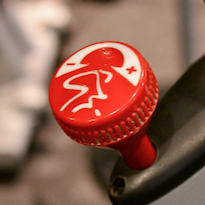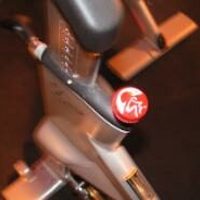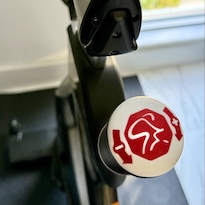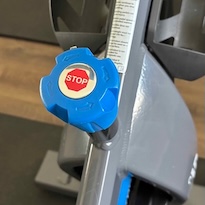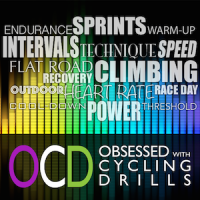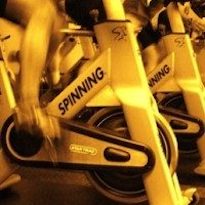How to Coach Resistance in Your Indoor Cycling Class, Part 5: Cause and Effect—Exploring the Impact of Cadence and Resistance
In part 4 of this series I gave you critical information about how to cue resistance so that students find the amount of load or gear they need to meet the goals you set for that segment of your profile. In part 5, we manipulate the variables of that vital equation. I also give you 7 drills that you can use to create your own awareness exercises, solidifying the concept in your riders’ minds.

